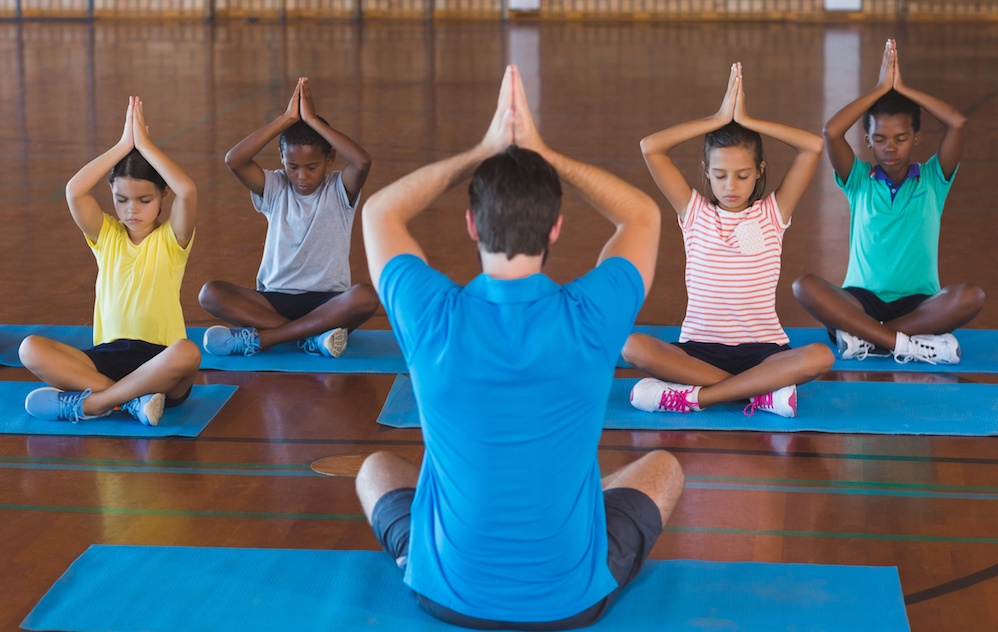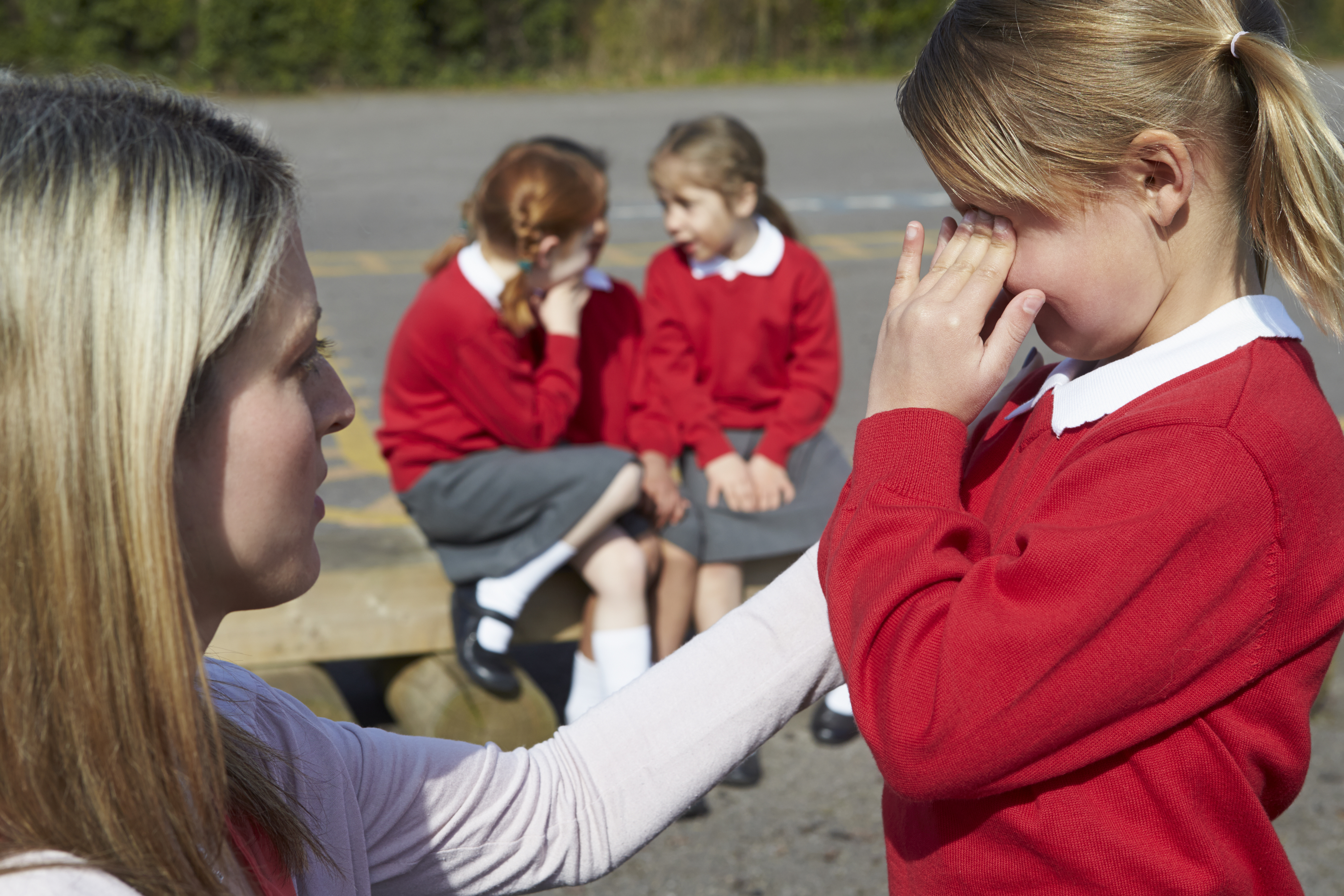AEDs at the heart of your school
When someone experiences cardiac arrest, their heart suddenly stops beating and unless a heartbeat is restored, they will die.

The chance of survival reduces 10 percent for every minute someone goes without cardiopulmonary resuscitation (CPR) and a defibrillating shock.
Read the full article in our latest print issue, here.
AEDs, also known as defibrillators, deliver a safe electric shock to restart the heart. CPR can temporarily maintain blood and oxygen circulation until a defibrillating shock is administered. They are designed so that anyone can use them, even without much training. The device itself will talk you through the life-saving process.

Schools can undertake a risk assessment and, following this, if they decide that in the event of a life-threatening injury, timely access to emergency services cannot be assured, they may decide that an AED is required at the school. School News was advised that schools should consider securing the defibrillator to a wall-mounted bracket or cabinet and keeping the AED within a hard case for protection, within a visible and known area such as reception.
It was also recommended to us that schools ensure accurate records are kept, and that the defibrillator, battery and pads are checked monthly for expiry dates and also that the child key/pads are both present and working correctly.
There are often significantly fewer AEDs available in rural areas and coupled with the fact that rural residents have a disproportionately higher incidence of cardiac arrest, AEDs outside of urban areas are crucial if lives are to be saved. Schools are often the heartbeat of rural communities and are therefore an ideal location for an AED to be situated. Providing services to the community such as hall hire, sports events, and meetings, increases the potential need for life-saving emergency equipment further.
A clear and simple plan should be in place for all staff to be able to administer a defibrillating shock, from an AED situated in a central, accessible location. It is essential to ensure all first aid officers having up-to-date adequate training in all first aid matters, including CPR. Local ambulance crews are often able to provide school-wide talks or staff sessions. Including AED-use and CPR training to students too, can provide a lesson of immeasurable value.
AED expertise from specialist suppliers:
“The number one consideration for a school considering an AED is the paediatric capacity of the defibrillator,” warns St John Ambulance Australia (Vic) representative, Emma Klinakis.
“All AEDs are made to work on an adult-sized patient which requires a large shock, but these shocks can usually be adjusted down to suit an infant or a child. Schools should look and compare how this this done via the various defibrillator models—is it easy to transition between adult and paediatric use so that the defib can be used on both staff/visitors and children? Some require separately purchased child pads that sit alongside the adult pads, while other models will have a ‘key’ to convert the current within the adult pads to suit a child.
“If a school decides via a risk assessment that in the event of a life-threatening injury, timely access to emergency services cannot be assured, they may decide that an AED is required at the school. Schools should consider securing the defibrillator to a wall mounted bracket or cabinet and keeping the AED within a hard case for protection, within a visible and known area such as reception. It is recommended that records are kept, the defibrillator, battery and pads are checked monthly for expiry dates and that the child key/pads are present and working correctly.”
Servicing a defibrillator is simple but must not be overlooked, according to Emma. “Many defibrillators will do their own self-tests; how often and how thoroughly this happens will depend on the quality of the unit purchased. Many defibrillators have warning lights that change from green to red when it needs attention, and this is easy to look out for every time you walk past.
“Many models will also start beeping – the lesson is don’t ignore that beeping noise, it could mean your AED is due for a new battery! In general, there are regular replacement intervals for items like batteries (usually every four years) and pads (usually every two years). You can either add these checks to your inspection list when checking your first aid kits or get an external organisation to service your defibrillators for you.”
As training requirements may vary from state to state, Emma noted that in Victoria schools must ensure there is always a first aid officer who has completed HLTAID011 Provide First Aid in the last three years as well as HLAID009 in the last 12 months: “The number of first aid officers can vary per school but for a school between 600 to 799 students and staff on site, at least eight first aid officers are needed.
“The principal is responsible for ensuring training is compliant and first aiders are ready and on hand. All first aiders should be familiar with the location of an AED if the school has one, and the method for converting the AED to child use.”







